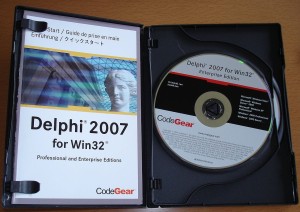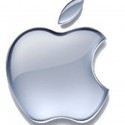March 2, 1995: Delphi Released
Subscribe! Spotify | RSS | More

1995 – Programming language Delphi was released by Borland. Delphi is an object oriented derivative of the Pascal programming language meant for Windos and Mac OS in 32-bit and 64-bit. It was the successor to Borland Pascal.
Delphi is still in release – XE7. It has ported over to current desktop and mobile devices including Android devices. Software such as Oracle SQL Developer, MySQL Admin tools, Skype, WinRAR, Nero Burning Rom, Partition Magic, Media Monkey, Ultimate Paint, Age of Wonders and multiple emulators were all written on Delphi at one point in time.

Subscribe to Day In Tech History:
RSS Feed - iTunes - Android - Spotify - iHeartRadio
Facebook -
- RSS Bandwidth by Cachefly Get a 14 Day Trial
- Join me on Patreon and support Day in Tech History
- Delphi is first released by Borland
- Yahoo! is incorporated
- Napster begins blocking access to one million MP3
- Steve Jobs announces the iPad2















